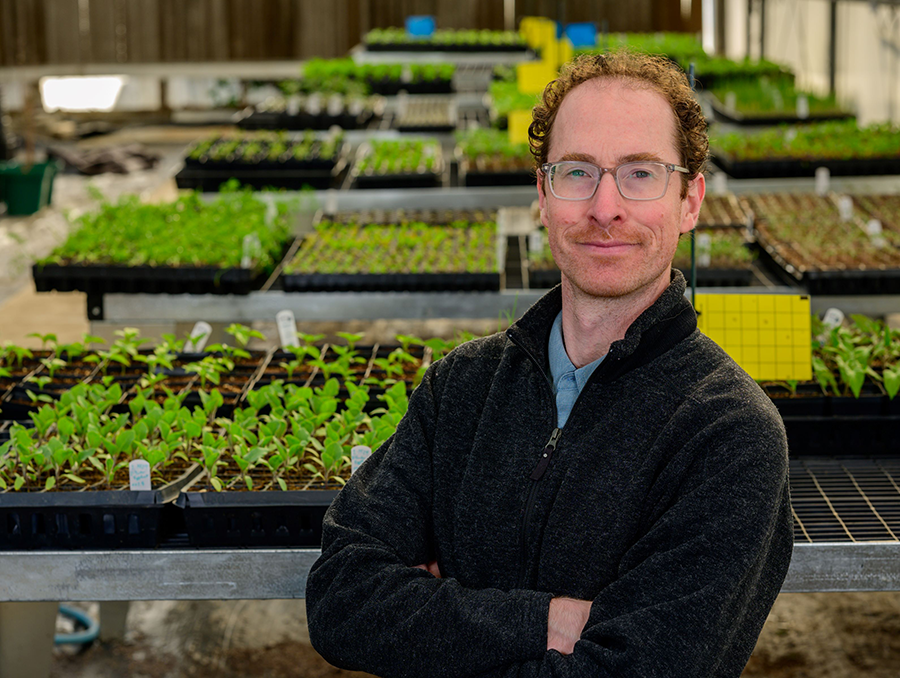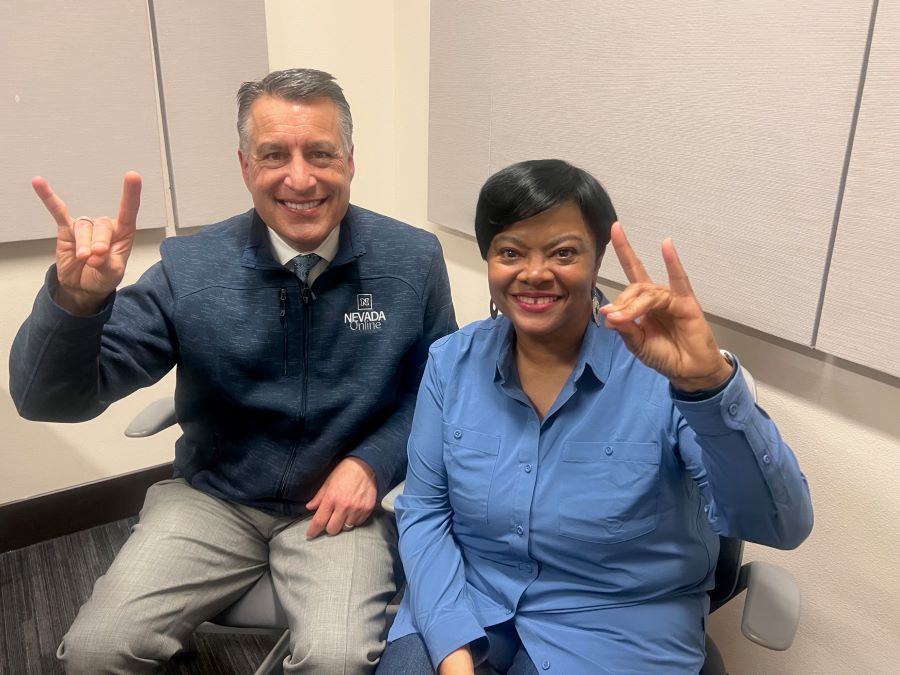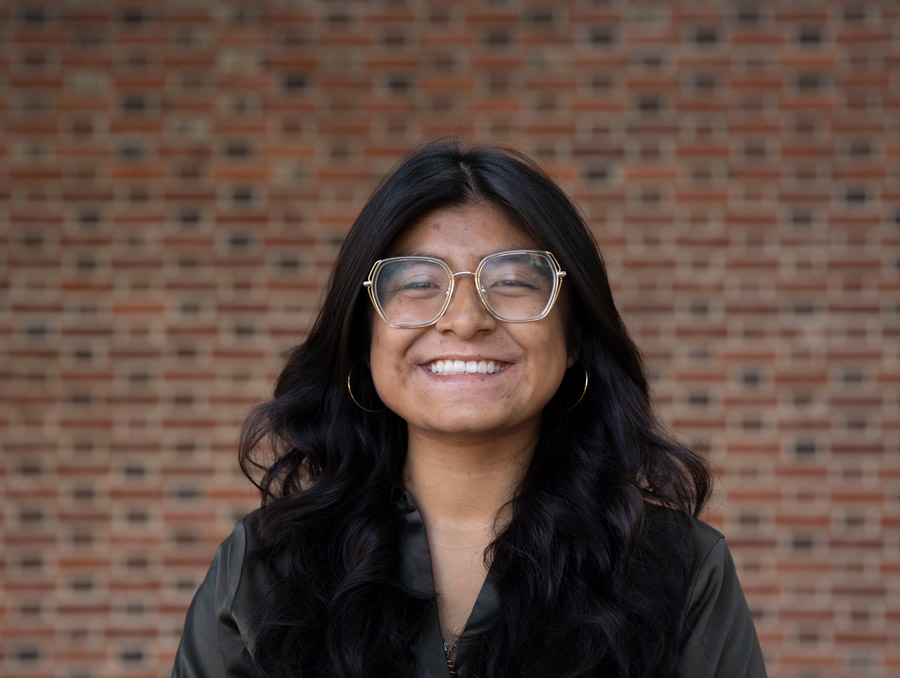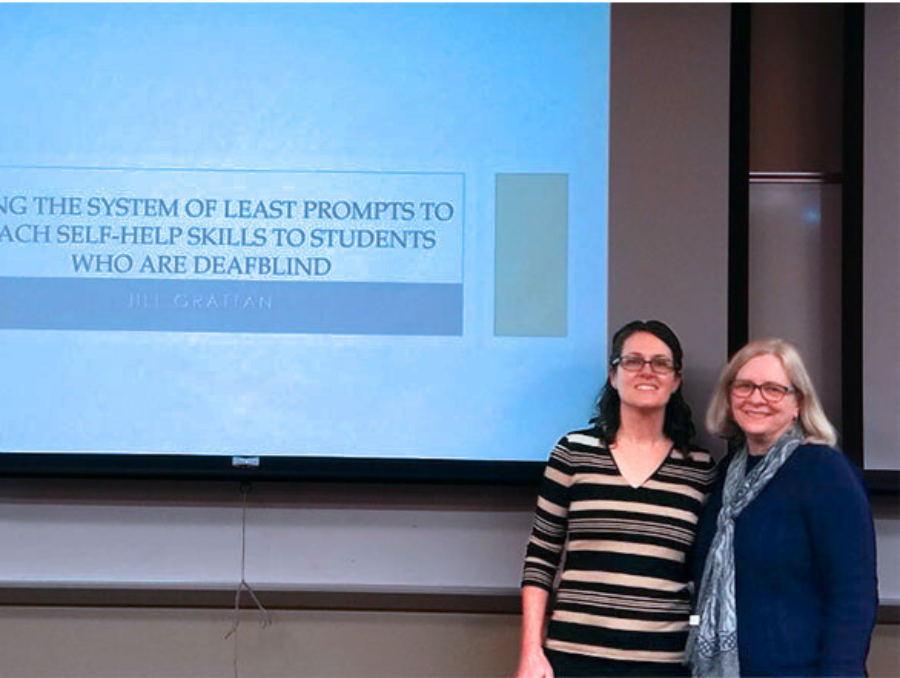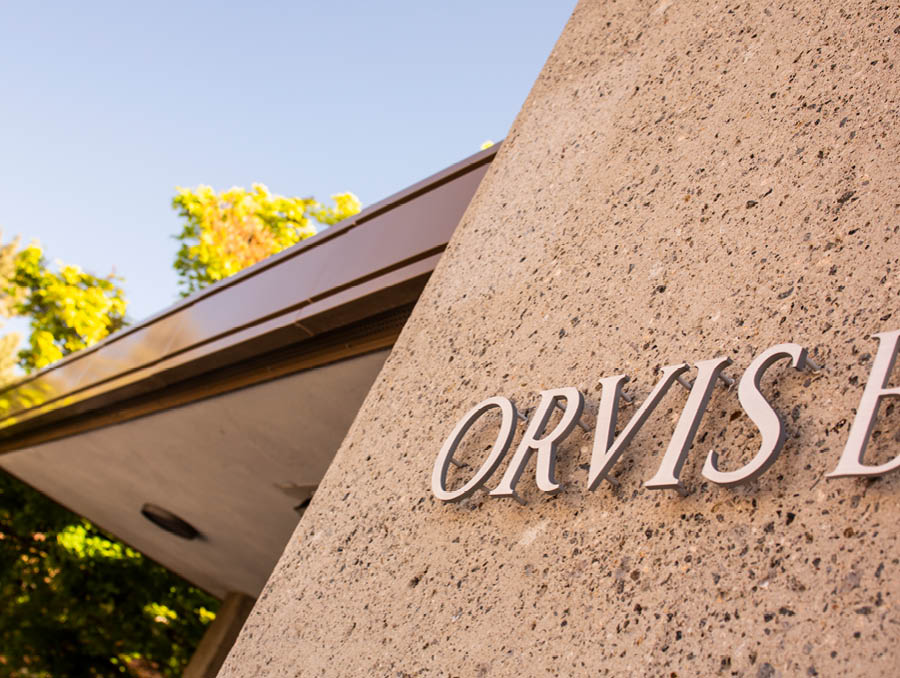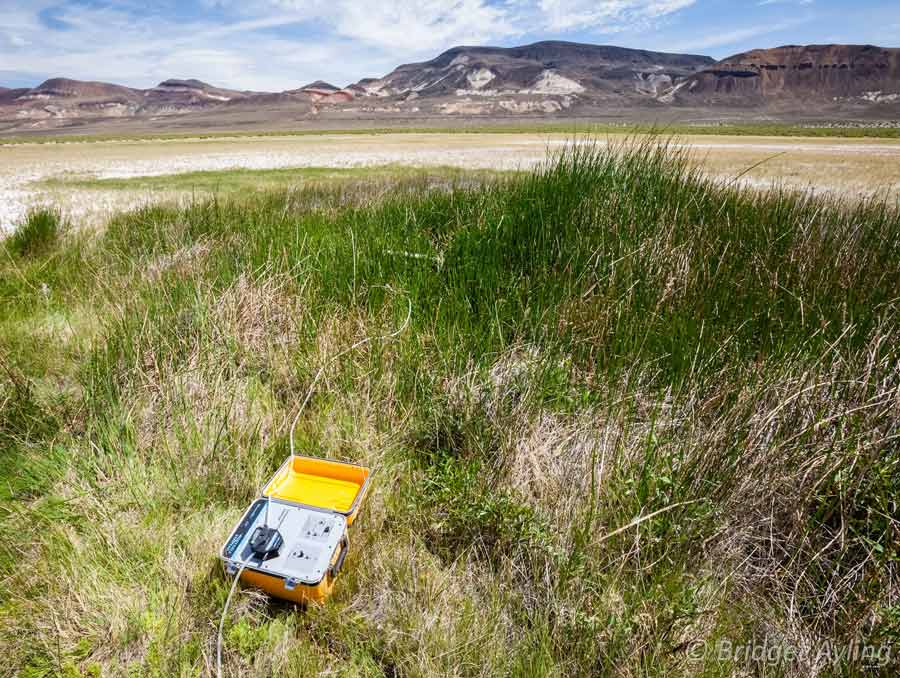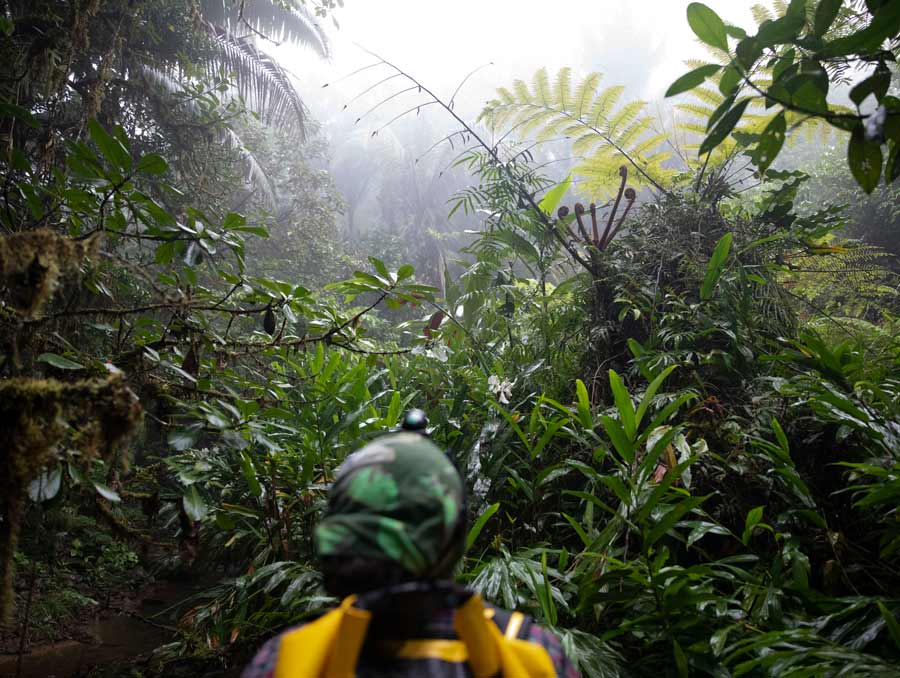Lots of college students shoot for the stars, but this past summer, three computer science and engineering students got to work on research that's literally out of this world.
The students completed summer internships at NASA thanks to an ongoing collaboration between NASA and computer science and engineering professors George Bebis and Monica Nicolescu, with funding from EPSCoR, or the Experimental Program to Stimulate Competitive Research, to support student internships.
Bebis leads a NASA-funded research project into computer vision techniques that can help autonomous robots navigate across planetary terrain or perform tasks on board a space shuttle. Space is a particularly challenging environment for robots to operate in because many of the sensing technologies traditionally used for perception, localization and navigation either don't work in a zero gravity environment or require too much computing power to be performed aboard a space craft.
Better computer vision, including 3D maps of the environment and localization techniques, can help planetary rovers travel further and faster as they explore outer space.
The students selected for the internship program had high GPAs and exceptional performance in relevant courses, including computer vision, algorithms and artificial intelligence, said Nicolescu.
For the students, it was a chance to apply skills learned in those courses to cutting-edge projects.
"The opportunity was not just a job, it was a chance to participate in the progress of the field," said David Frank, a senior who worked on a program for localizing cameras based on similarities between a picture taken by a camera and prior knowledge about the area the camera was in.
"When I finally got the project working, I felt incredibly accomplished," Frank said. "It was getting close to the end of the internship and the program still wasn't working, but I finally found the problem and got it to function."
Frank and James Curtis, a junior majoring in computer science and engineering, worked in the Intelligent Robotics Group at NASA Ames Research Center in Mountain View California.
Curtis' role focused on finding correspondences between satellite images. Using correspondences from multiple images, researchers can create depth maps of the terrain on the moon and Mars, for example. The challenge Curtis tackled was that the large size of the images slowed processing time significantly.
"I used some techniques from computer vision to reduce the amount of searching that our algorithm did," Curtis said. "It improved the speed of the algorithm by a few orders of magnitude and improved the quality of results."
Junior Shubham Gogna completed his internship at NASA's Jet Propulsion Laboratory in Pasadena, California. He worked on developing a proof-of-concept robot for the Space RACE (Rendezvous and Capture Experiment) experiment, which explores the technology required to capture a container of samples launched from a planet's surface and transfer it into a capsule bound for earth.
"Without a doubt, the coolest part about working at NASA JPL was meeting and working with the researchers," Gogna said. "The intern team was constantly asking researchers about their experiences and recommendations for all these different parts of the project. Without fail, someone would reply with some advice or direction if we ever got stuck."
All three students said their experience inspired them to continue their work in autonomous systems.
"Working with robots during the internship has inspired me to work with robots as I continue my education," Gogna said. "I hope to use what I learned this summer for further experimentation with computer vision and autonomous navigation."




